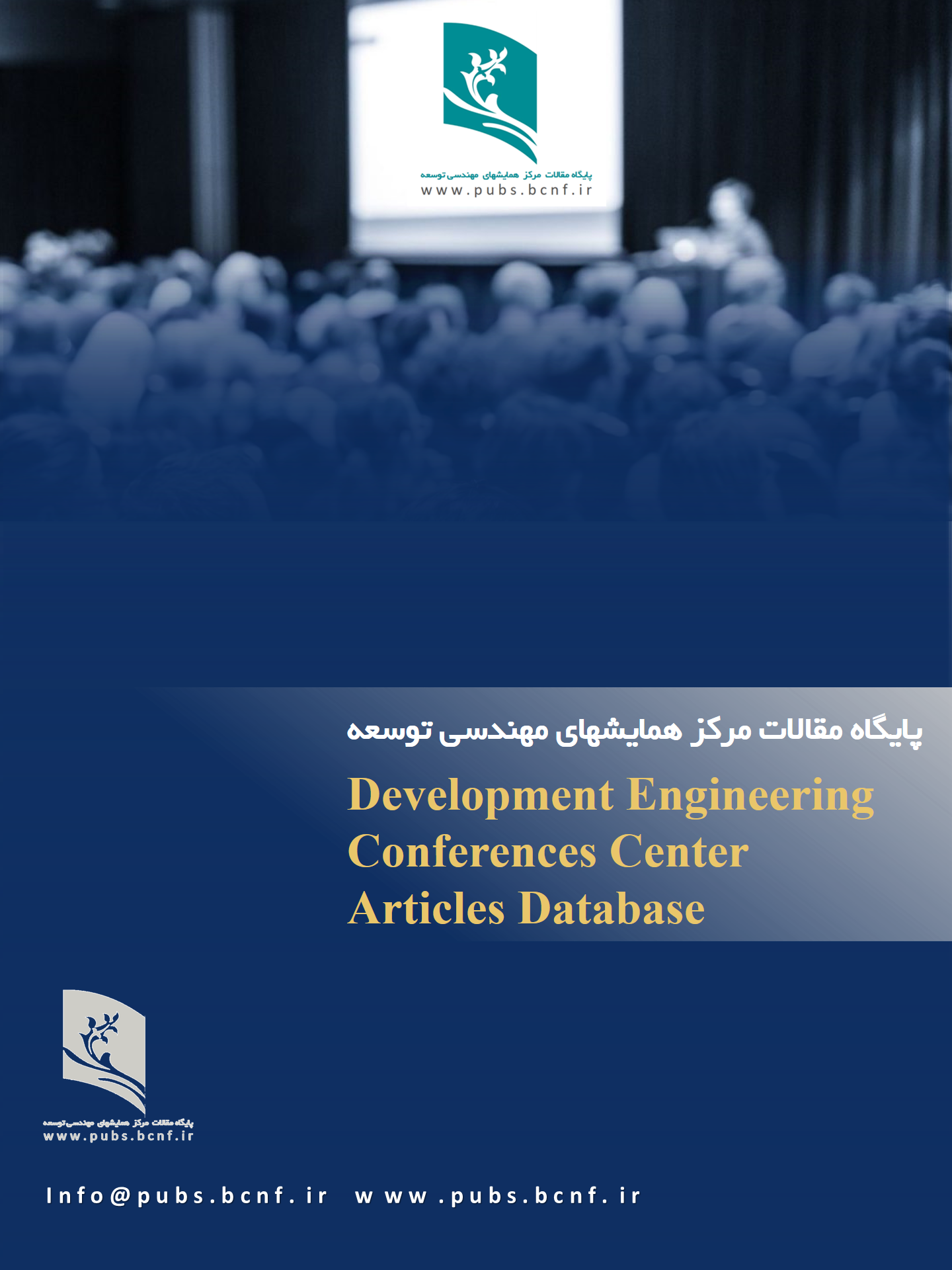Removal of Copper ions from wastewater using Emulsion Liquid Membrane: Optimization and Performance Analysis
Keywords:
Emulsion Liquid Membrane, Copper Ion removal, Industrial Wastewater Treatment, Heavy Metal ExtractionAbstract
Extraction using emulsion liquid membranes has recently become an area of rapid research interest due to its efficiency in the removal of heavy metal ions and toxic substances from industrial wastewater. This study is a comprehensive investigation for copper ion removal from wastewater using emulsion liquid membranes (ELM). Hydrochloric acid (HCl) was used as the internal phase, while di(2-ethylhexyl) phosphoric acid (D2EHPA) was used as the carrier and Span 80 as surfactant. In addition, sunflower oil was used as the organic phase. A number of significant parameters such as pH, mixing speed, and surfactant concentration, were evaluated to optimize copper extraction efficiency. The results show that the maximum amount of extraction was %96.31 which obtained under optimal conditions with a pH of 3.0, surfactant concentration of 2 V/V%, and a stirring speed of 180 rpm.
Downloads
References
[1] H. K. Admawi and A. A. Mohammed, "A comprehensive review of emulsion liquid membrane for toxic contaminants removal: An overview on emulsion stability and extraction efficiency," Journal of Environmental Chemical Engineering, vol. 11, no. 3, p. 109936, 2023.
[2] A. Kumar, A. Thakur, and P. S. Panesar, "A review on emulsion liquid membrane (ELM) for the treatment of various industrial effluent streams," Reviews in Environmental Science and Bio/Technology, vol. 18, pp. 153-182, 2019.
[3] H. Ma, K. E. Waters, and H. Wang, "A Review of Copper and Nickel Extraction from Wastewater by Emulsion Liquid Membrane (ELM)," Mining, Metallurgy & Exploration, vol. 40, no. 1, pp. 13-39, 2023.
[4] J. Mendil, A. Alalou, H. Mazouz, and M. H. Al-Dahhan, "Review of Emulsion Liquid Membrane for Heavy Metals Recovery from Wastewater/water: Stability, Efficiency, and Optimization," Chemical Engineering and Processing-Process Intensification, p. 109647, 2023.
[5] P. Davoodi-Nasab, A. Rahbar-Kelishami, and M. Raji-Asadabadi, "Fast and efficient chromium (VI) pertraction with Aliquat 336 in emulsion liquid membrane using sunflower oil as a high potential solvent," Desalination and Water Treatment, vol. 80, pp. 234-246, 2017.
[6] M. Raji, H. Abolghasemi, J. Safdari, and A. Kargari, "Pertraction of dysprosium from nitrate medium by emulsion liquid membrane containing mixed surfactant system," Chemical Engineering and Processing-Process Intensification, vol. 120, pp. 184-194, 2017.
[7] S. Zereshki, A. Shokri, and A. Karimi, "Application of a green emulsion liquid membrane for removing copper from contaminated aqueous solution: Extraction, stability, and breakage study using response surface methodology," Journal of Molecular Liquids, vol. 325, p. 115251, 2021.



